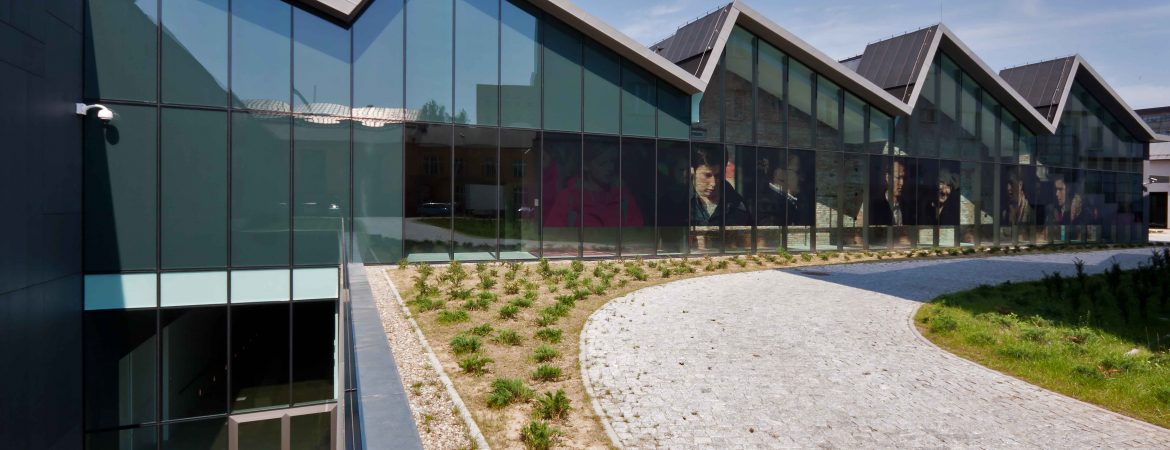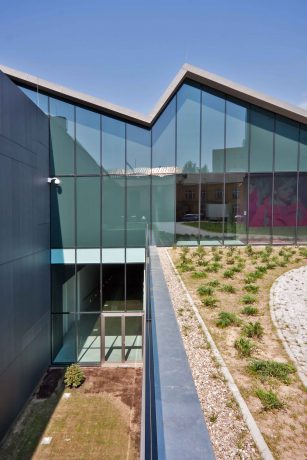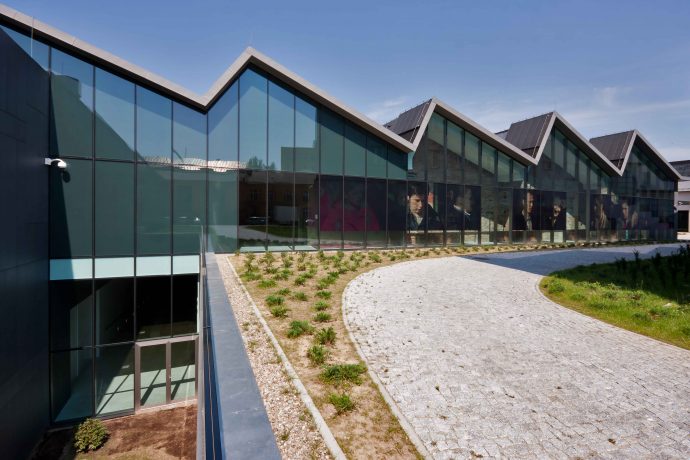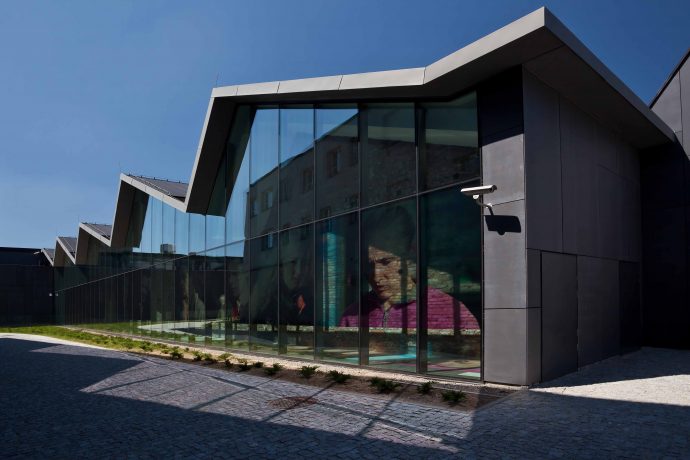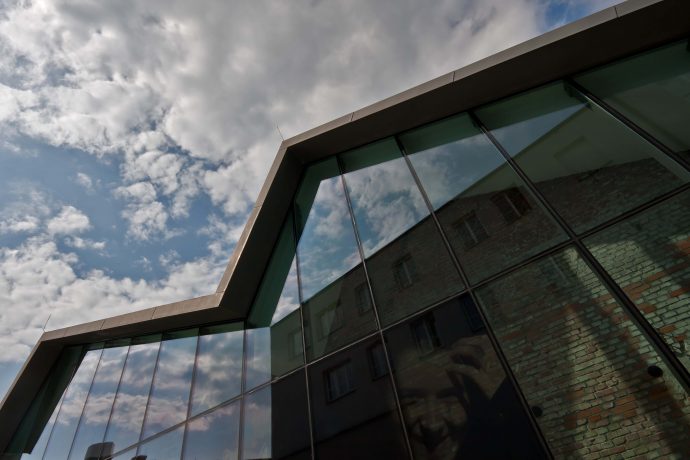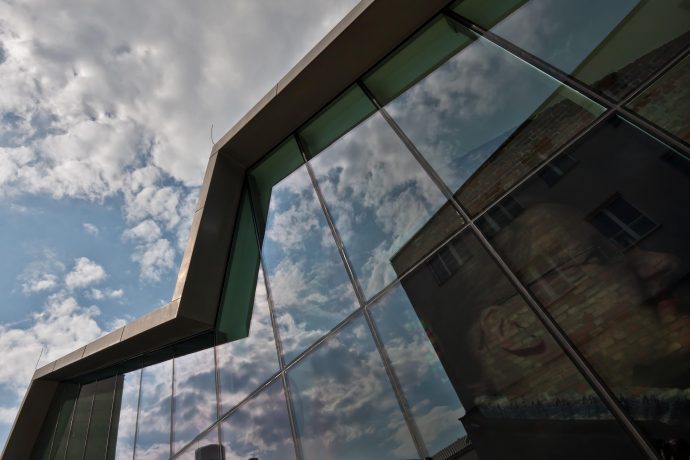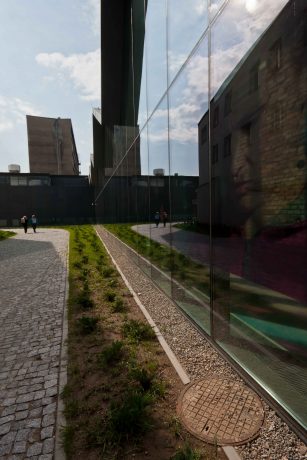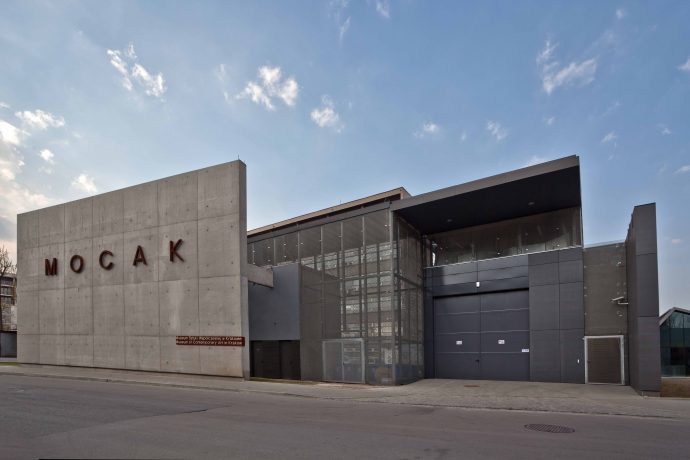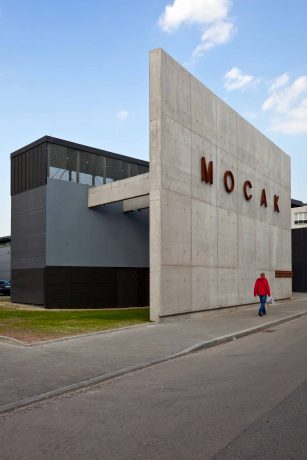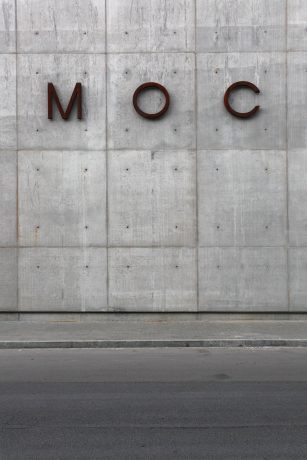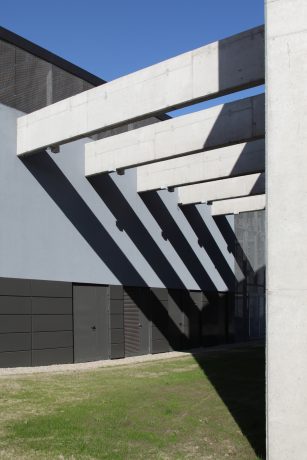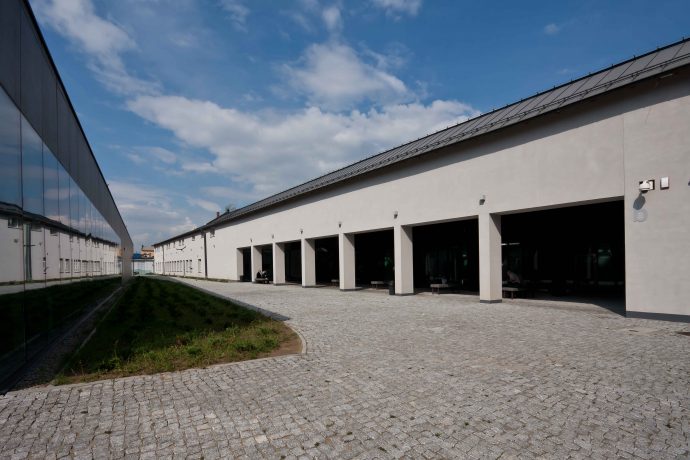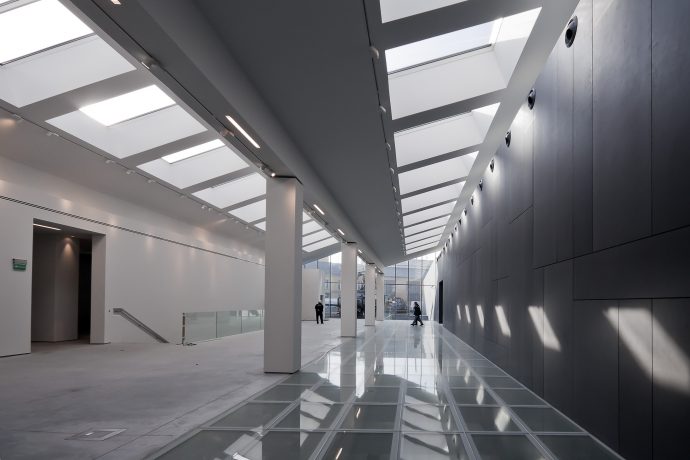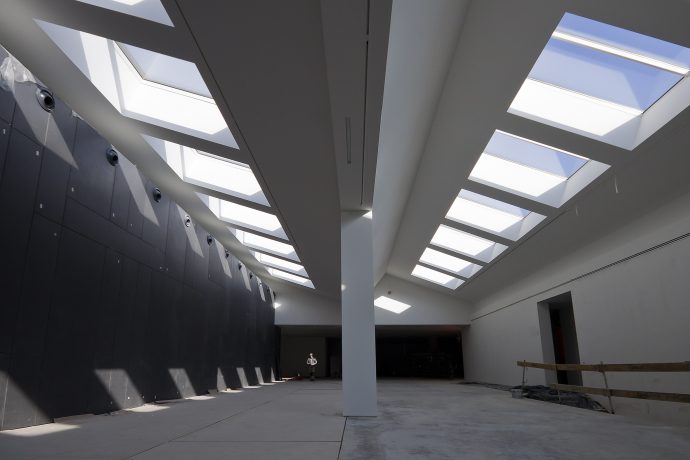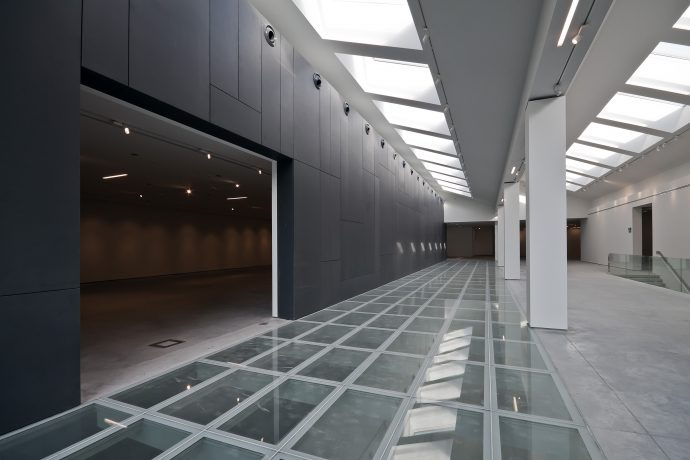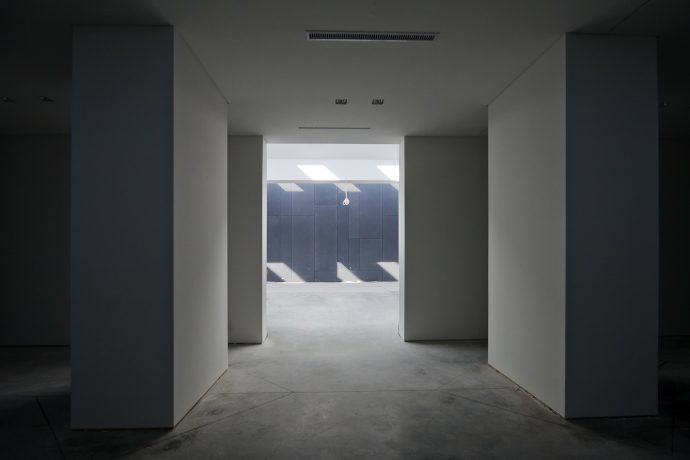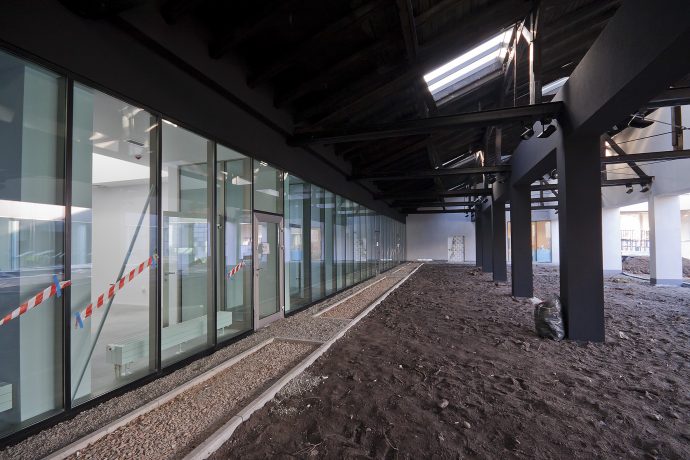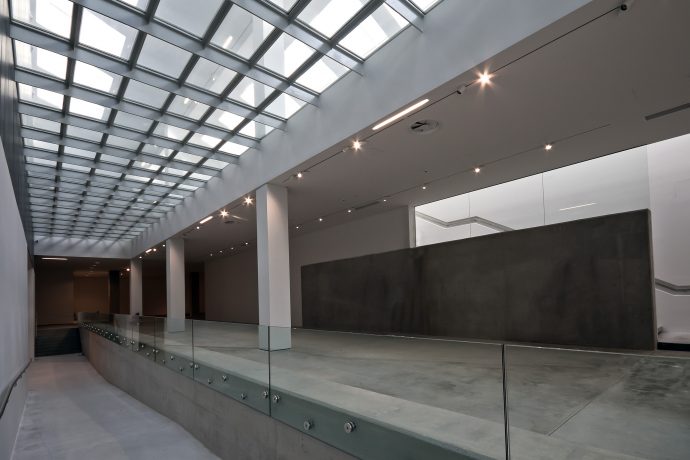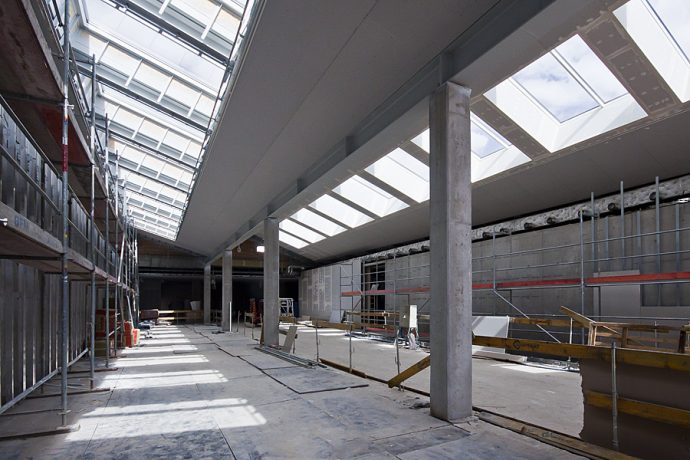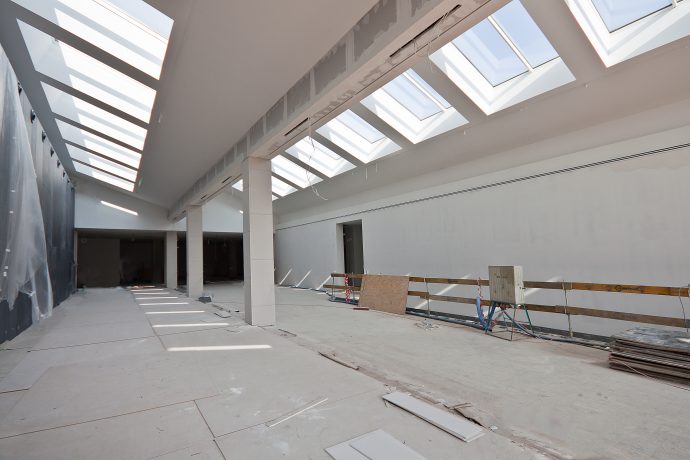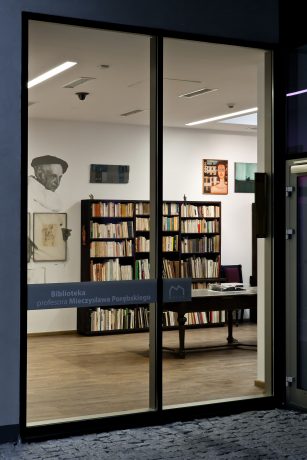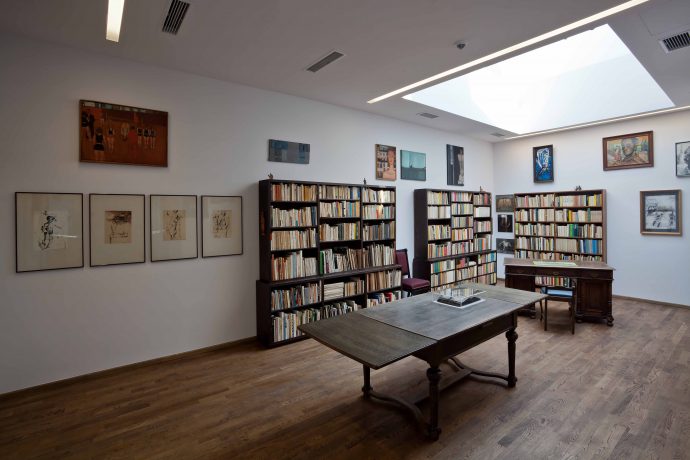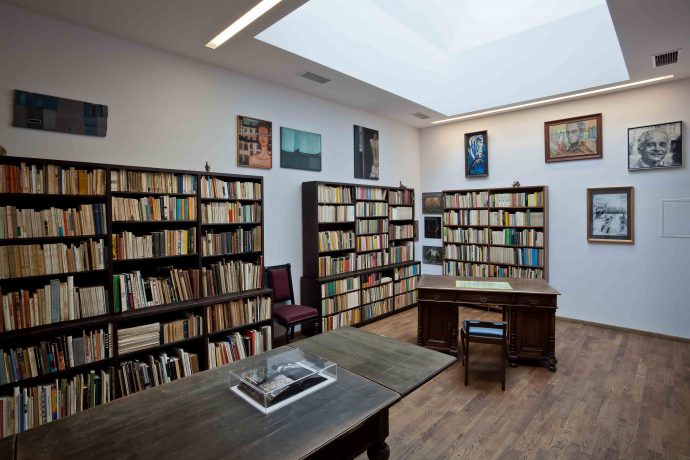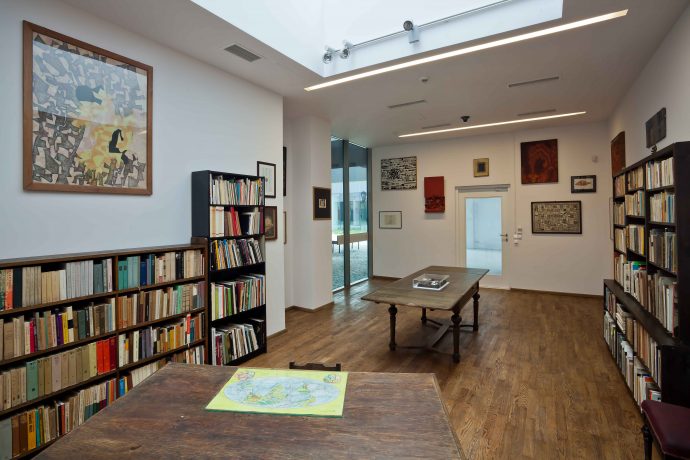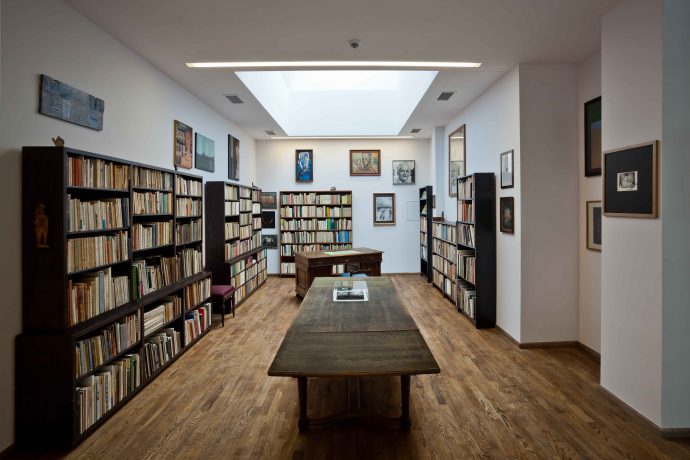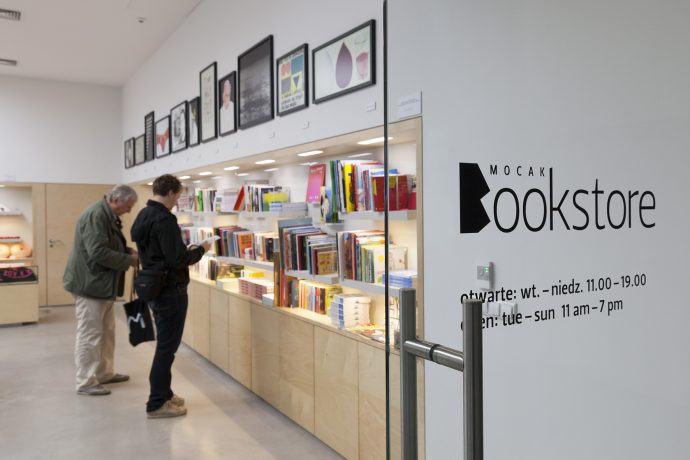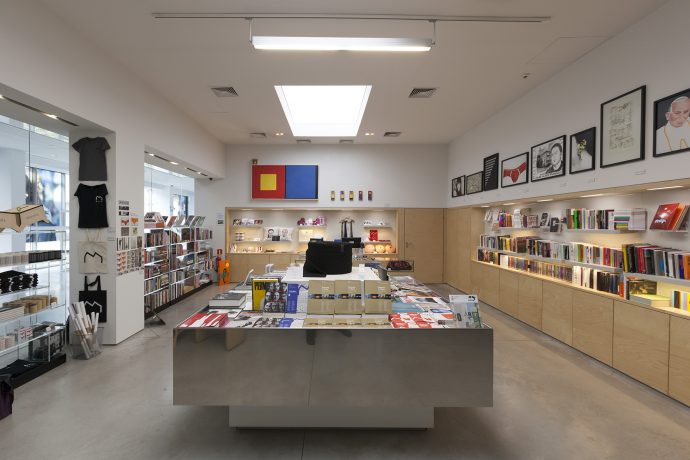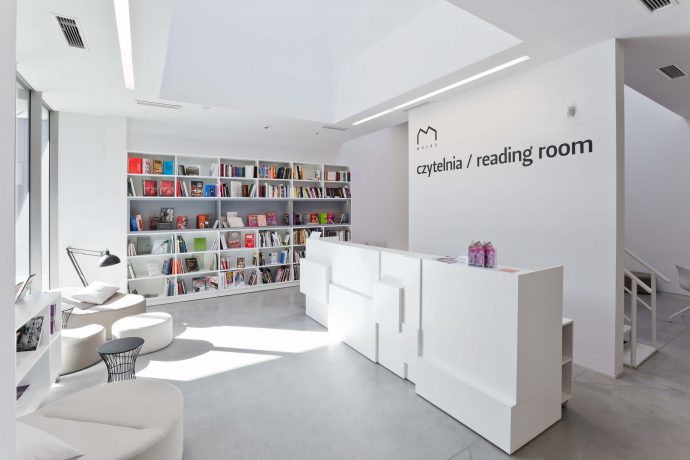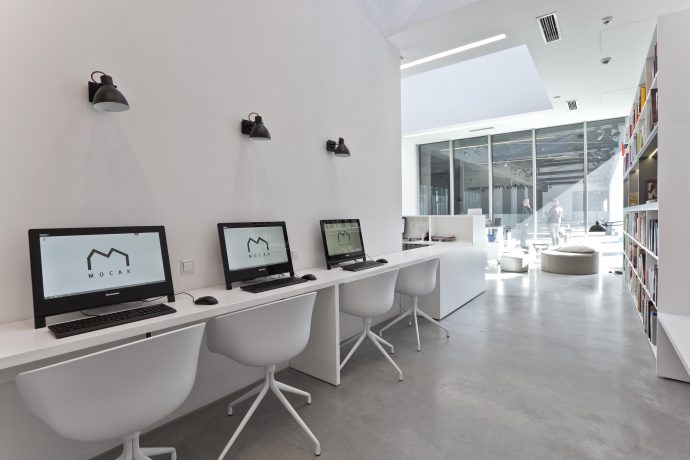We’ve covered many museums in our day, and we’re not planning on stopping any time soon, but it’s not every day that a museum comes with a history that makes you take a step back and look at it in a whole new different light. The MOCAK – Museum of Contemporary Art – in Krakow, Poland, is definitely one of those.
So before we dive into the beautiful architecture and details of the MOCAK, let’s go on a little journey together and understand where it all began. The very ground that the museum stands on now, was in industrial use around the 1930s housing an enterprise established by three Jewish businessmen. After declaring bankruptcy in June 1939, no other than Oskar Schindler arrived in Krakow alongside the German army. The infamous member of the Nazi Party and agent of the Nazi intelligence service took over the factory as its new owner in January 1940, calling it Deutsche Emailwarenfabrik (DEF).
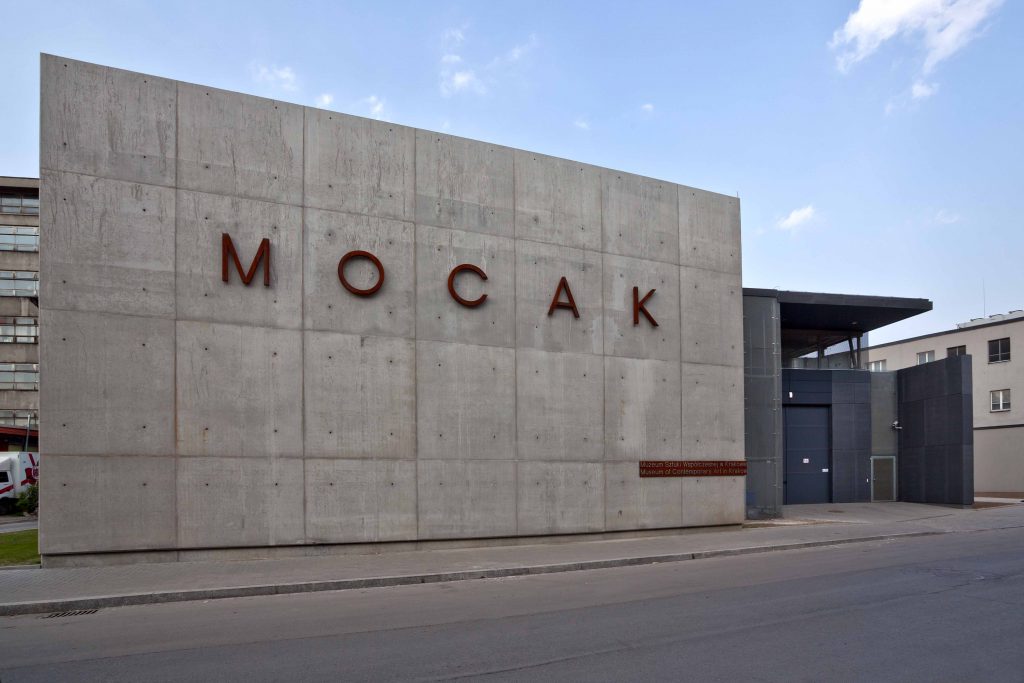
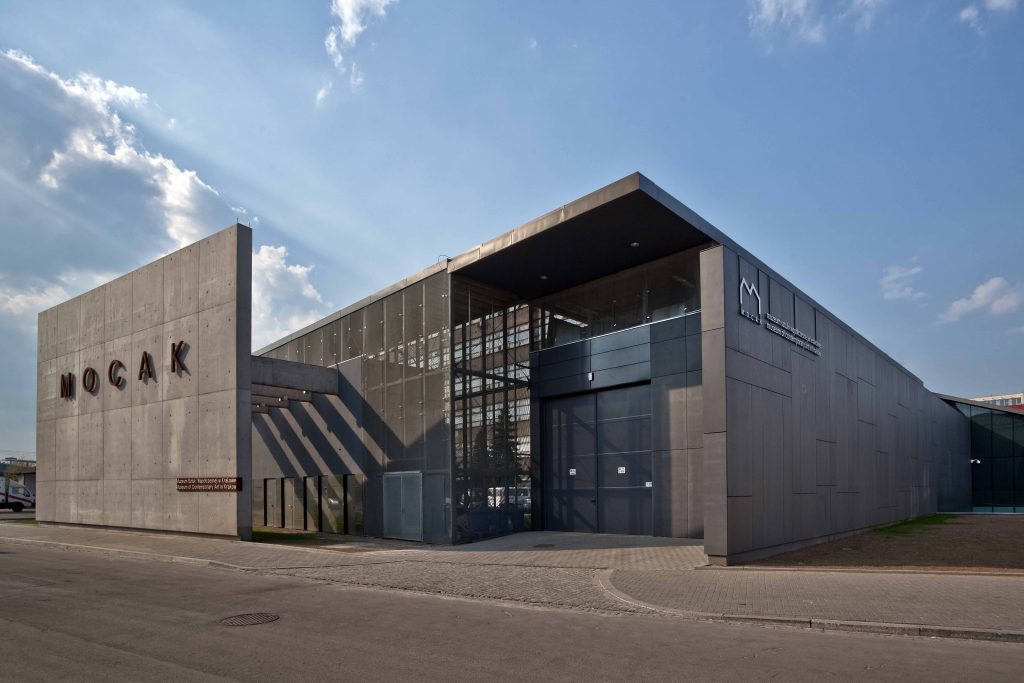
As he extended the factory, he got in touch with many Jewish businessmen who provided him with capital. In return some of these people were employed in Schindler’s factory, ensuring them a safe status in the dangerous times they lived in. Most Jewish employees, living in the ghetto in Podgórze, were escorted to and from their workplace. However, in 1943, the ghetto was liquidated and most of the remaining Jewish inhabitants were moved to work camps. Oskar Schindler took it upon himself to establish a prison camp for his workers, getting them out of the Nazi work camps. When the city was approached by the eastern front, Schindler evacuated the factory alongside his laborers saving them from ending up in Nazi concentration camps.
Finally, the factory was nationalized after the war, housing the Telecommunications Components Production Plant. To our luck a department of the Historical Museum of the City of Krakow was set up in the former administrative headquarters of the factory once owned by Oscar Schindler, and this is where the plans began to develop the MOCAK.
In 2007, an international competition determined the architects to undertake the construction and design of the highly anticipated museum – Italian firm Claudio Nardi Architects. With such a historical site, the architects respected and emphasized on the characteristics of the former Schindler factory. The saw-tooth roof was beautifully complimented with minimal straight lines, integrating the existing industrial structure with the new added architecture.
Inspired by the existing structures and motifs, irregular shapes with overflowing natural light are created, illuminating the interior. The use of glass in the design creates a gorgeous contemporary feel to the space of the MOCAK, in form of transparencies between floor levels and a glass shell highlighting the original brickwork.
The museum complex is made up of several buildings of different dimensions and functions: Building A, Building B as well as a former Gatehouse which is connected to the outbuildings.
Building A houses the main visitor facilities who’s foyer leads you straight to the Bookstore and Café. Building B is mostly used for various functions such as workshops and social functions and is also used for outdoor displays and shows due to its extensive patio. The building houses the library with a reading room. The bookshop of the MOCAK offers extremely interesting publications focusing on the contemporary humanities from all over the world and Poland, of course. Naturally you can also find great reads on art, photography, philosophy and many other stimulating topics. And don’t worry they also offer an amazing selection for your little ones along with a broad collection of magazines and comics!
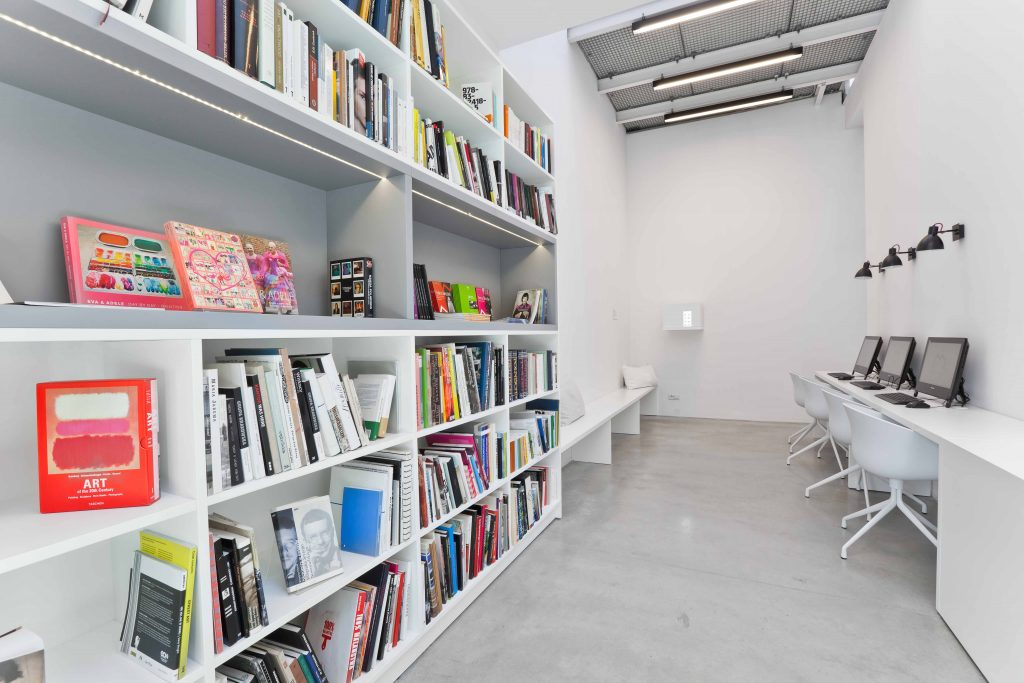
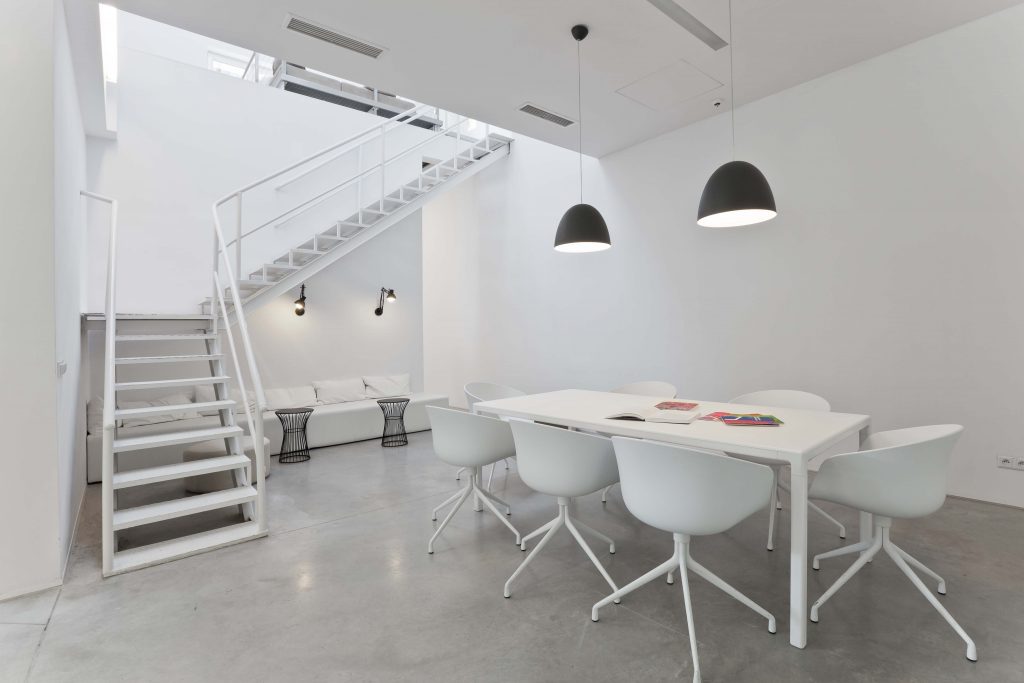
Especially after being familiarized with the history of the site, everything about the museum evokes emotions of all sorts. One can’t even begin to imagine all the things that have taken place on these grounds and personally I love that such a piece of history, though painful, was not demolished but rather acknowledged and highlighted.
Unfortunately things cannot be made undone.. but to have art and architecture frame it and shed light on it so honestly and beautifully, I think, is something that makes the MOCAK one of the most unique museums I have ever encountered.
